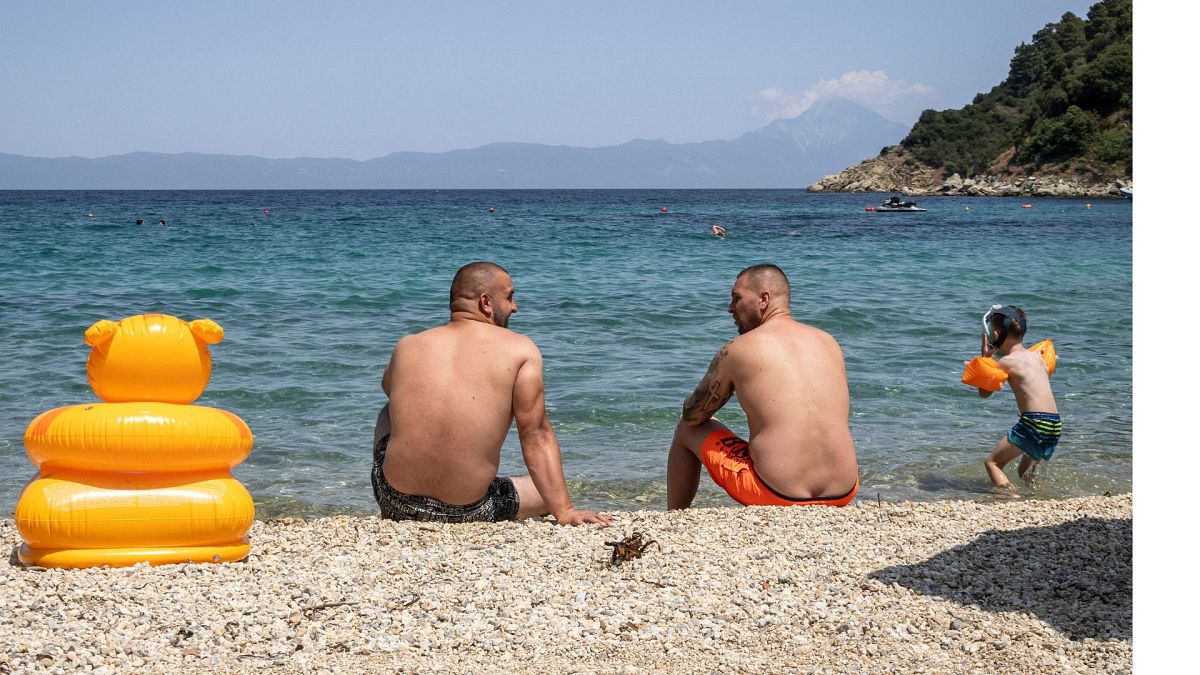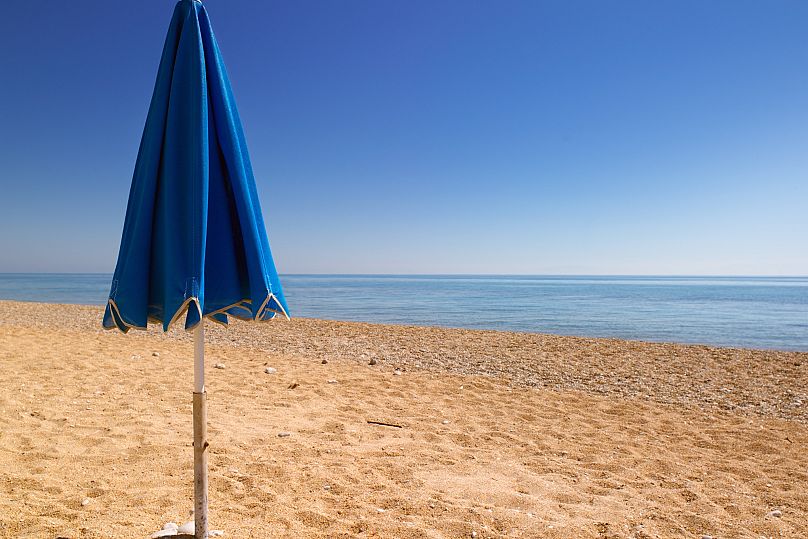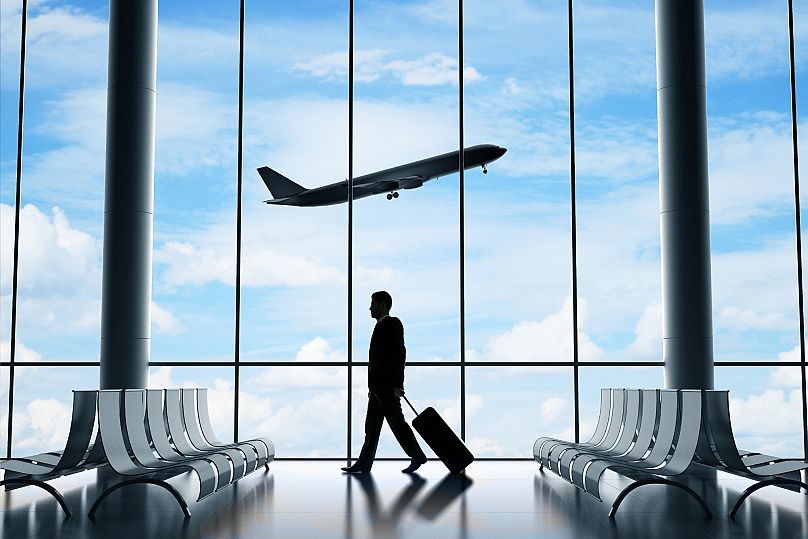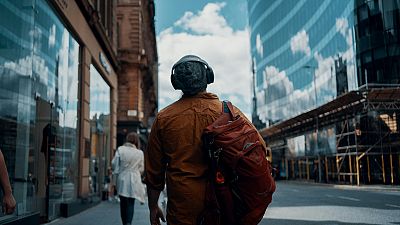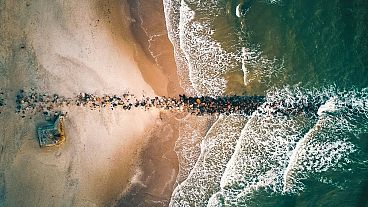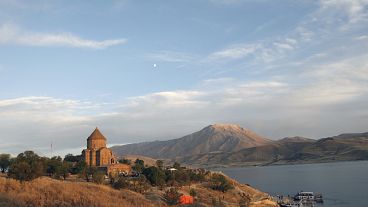Travelling outside of peak times helps the local economy and can give you a more authentic travel experience.
Have the itch to travel, but want to avoid crowds and save money? Consider travelling during ‘shoulder season’.
It’s the period of time - which could last for months or only weeks - between a region’s peak season and its off-season.
The term has been around since 1960s, but no one's quite sure how it got its name.
It could be because shoulder season tends to be in the spring or autumn when you might need a sweater. Or perhaps because the head (peak season) is in between the shoulders (shoulder season).
Whatever the origin of the phrase, shoulder season has become a key time for those who want to travel without the hassle or the high price tag.
When is shoulder season?
This varies depending on where you are in the world.
But for most regions, including Europe, shoulder season is March-April and September-October.
If the peak season is summer with its off season in winter, then the shoulder season would be spring and autumn.
If peak travel to an area is during a holiday weekend, the shoulder season might be the weekend before or after.
Benefits of travelling in shoulder season
If you want a more affordable holiday, you’ll typically find your airfare to be 23 per cent cheaper during shoulder season when compared to peak season travel.
Hotels tend to offer deals or slash prices to encourage visitors to stay on either side of their busiest times.
The reason for the price drop is supply and demand. If more people are booking beach-side getaways in the summer, demand will be higher, allowing airlines and hotels to raise their prices.
There is also a high demand for activities and restaurants during peak season, which means you might have to queue for a table or not even get to experience that talked-about outing, exhibit, or meal.
Even though shoulder season is quieter, activities and restaurants are still open, meaning you won’t miss out on highly-reviewed experiences offered in peak season.
Fewer people also guarantees fewer tourists, so your holiday will feel less chaotic and more authentic, giving you a taste of the local culture. You’ll be helping the local economy too by extending the travel season for employees whose finances depend on tourism.
“Travelling in shoulder season means you will get the best price and you’ll be able to enjoy the lack of crowds,” says Huw Owen of tailor-made travel platform TravelLocal.
“Having spent less money on booking your trip, you will have more money to spend in the destination, so you can do more things when you’re there.”
The weather should still be idyllic in shoulder season, and in some cases, it will be even better than in peak season. Temperatures are likely to be moderate, skipping on the boiling hot and freezing cold you might feel during the most popular months.
“Shoulder season is the best time of year to travel, and if you’re able to do it, then you absolutely should,” said Owen.
Are there any downsides to shoulder season?
Occasionally, there are specific reasons to travel to certain destinations during their peak seasons or offseasons.
“For example, Carnival in Brazil is an experience that people will travel to experience specifically, and they will therefore need to go in high season to do so,” said Owen.
He added that there are also some countries where the low season is still a really great time to travel.
“For example in Cambodia, June is low season. There is around an hour of rainfall a day, but apart from that, the landscape is beautifully lush and green, and there are very few people around.
